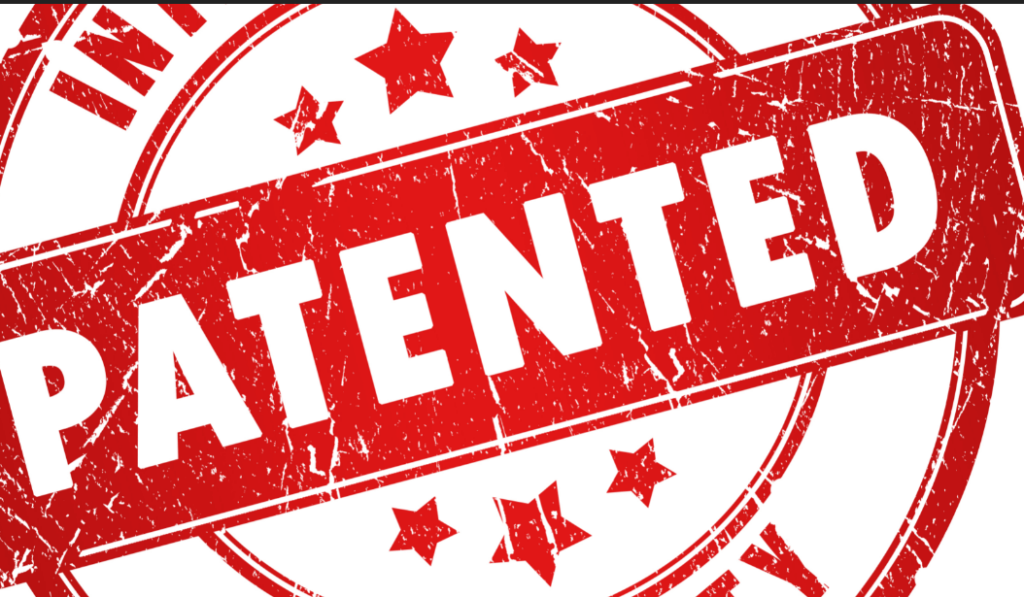We’ve written about “patent marking” before, but it is very important for patent owners. We previously noted a change in U.S. law that provided a new manner for marking a product with a patent number. This new scheme provides a great solution to problems that many manufacturers faced in effectively marking their products with patent numbers. However, it seems to us that this new patent marking option has not taken hold like it should have. Many patent owners are using this new patent marking strategy, but there are a significant number that are not. If you are a patent owner (or have a client who is), you absolutely must be aware of this easy way to mark products with patent numbers.
What is Patent Marking and Why is it Important?
Patent marking provides notice to the public that a product is covered by a patent. Those who want to sell a product similar to the patented product can thus attempt to read and understand what the patent covers, and thereby avoid infringement.
There is a strong incentive for a patent owner to notify the public. This incentive is spelled out in 35 U.S.C. § 287, that specifies that a patent owner can only collect damages for infringement if adequate notice is given of the patent. The statute provides two ways of providing such notice: (1) actual notice and (2) constructive notice.
Actual notice occurs when the patent owner (or the patent owner’s agent) directly informs the alleged infringer that its product infringes a specific patent. This may take the form of a letter, an email or any other type of communication. It can be even oral, but it is best that such communication be memorialized in writing, so evidence exists that actual notice was given.
Constructive notice occurs when the word “patent” or the abbreviation “pat.” along with the patent number appears on the product itself, or on packaging for the product. Constructive notice is as good as actual notice if the requirements of the statute are followed.
Virtual vs. Actual Marking
For constructive notice to be consistent and effective has been problematic for patent owners. Once the patent is granted, depending on the product and how the product is sold, labels or packaging must be changed to include the patent number. Product molds may have to be modified in some instances. If multiple patents cover a product, then each of those patent numbers must be identified for effective notice.
The new form of providing constructive notice has been popularly called “virtual marking,” and does not require marking the actual product or its packaging with the patent number. Instead, the product or packaging is marked with the word “patent” or the abbreviation “pat.” together with a web-page where information is provided associating the product with any applicable patent numbers. The patent statute is very specific, and courts have strictly interpreted the virtual marking statute requirements. Marking the product with something other than the word “patent” or the abbreviation “pat.” provides an argument that the statute was not followed (and thus the notice is ineffective for damages).
Important Considerations When Creating a Virtual Marking Webpage
First, the webpage must be accessible to the public “without charge.” In addition, we suggest that no passwords or additional information (such as an email address) be required to access that webpage. Courts have held that patent marking should be “substantially consistent and continuous.” Virtual marking will likely be held to the same standard. The virtual marking webpage should be kept up and running continuously, with as little downtime as possible.
Second, on that webpage, you must associate the patented product with any applicable patent numbers. Identify the product with its trademark and/or model number and a photo. If this is not possible, then identify the product as specifically as possible. Next to the product identification, place the number of any patent that covers that product.
Published Patent Applications
Virtual patent marking does not affect “provisional rights” (possible pre-issuance patent infringement damages) that might be available under published patent applications via 35 U.S.C. 154(d). This statute states that if actual notice is provided of the published patent application, damages can start when such actual notice is provided if the granted patent claims are “substantially identical” to the published patent claims. In that case, damages in the form of a reasonable royalty can be obtained during the period from the publication date to the patent grant date. A recent federal circuit case noted that constructive knowledge would not satisfy this actual notice requirement. Rosebud LMS Inc. v. Adobe Systems Inc. (2016).
Virtual patent marking reduces the problems associated with traditional patent marking. If you have questions, let us know or talk to your patent attorney. Z. Peter Sawicki and James L. Young








